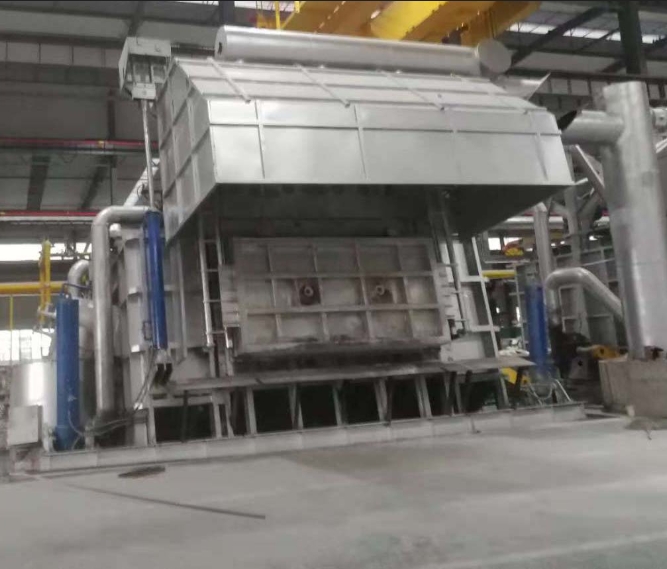Reverberatory furnace is an indoor flame furnace, and reverberatory furnace smelting is one of the traditional methods of smelting.
Reverberatory furnace is a metallurgical furnace that uses flame to directly heat metal to melt it. It consists of three main parts, namely the combustion chamber, the melting chamber and the exhaust duct (chimney). The entire furnace is a rectangular furnace made of refractory bricks. It is a key equipment for smelting non-ferrous metals such as copper, nickel, and tin, with a simple structure, small investment, and the ability to use a variety of fuels (such as coal, gas, heavy oil, etc.). It is used to process various types of ores and concentrate powders, especially fine powders. It can also be used to smelt various metals. However, when used, the flame will cause severe oxidation of the metal. The reverberatory furnace is a forging equipment commonly used in metallurgy, chemical industry and other industries.

In the reverberatory furnace smelting process, not only the endothermic reaction of the raw material pile is carried out, but also the heat release of the slag is carried out. In the heat balance calculation of the whole smelting process, the heat released by the slag generally does not exceed 6%~8% of the heat required for smelting. Under the conditions of no blowing and no preheating, about 85%-90% of the heat is consumed in the smelting process, and only a small part of it is consumed during melting during combustion, and more is sent into the coal gas for compensation. During smelting, the actual fuel consumption is generally 2~3 times the theoretical demand.
In a furnace chamber composed of a furnace top, furnace wall, material slope and molten pool surface, charcoal block is a carbonaceous material. When the fuel is burned, a large amount of high-temperature gas will be generated, which transfers heat to the furnace top, furnace wall, material slope and molten pool surface as a heat source. Based on this model, there are two main heat transfer modes: radiation and convection, of which radiation is the main one. Whether it is the charging area or the molten pool area, its surface can accept airflow heat exchange, and its upper and lower side walls can obtain a higher heat exchange effect. Due to the low thermal conductivity of the filling material, the diffusion rate of heat into the layer is slow, so that the surface of the layer is quickly heated to the melting point. The melted upper charge enters the molten pool along the charge slope, exposing the lower charge layer, which absorbs heat from the airflow, furnace top and upper wall, and then enters the molten pool after melting. Therefore, in the molten pool area, the melting of the charge is carried out on a very small slope, and the thin billet is continuously melted.
The reverberatory furnace plays a great role in melting copper, aluminum and other metals.